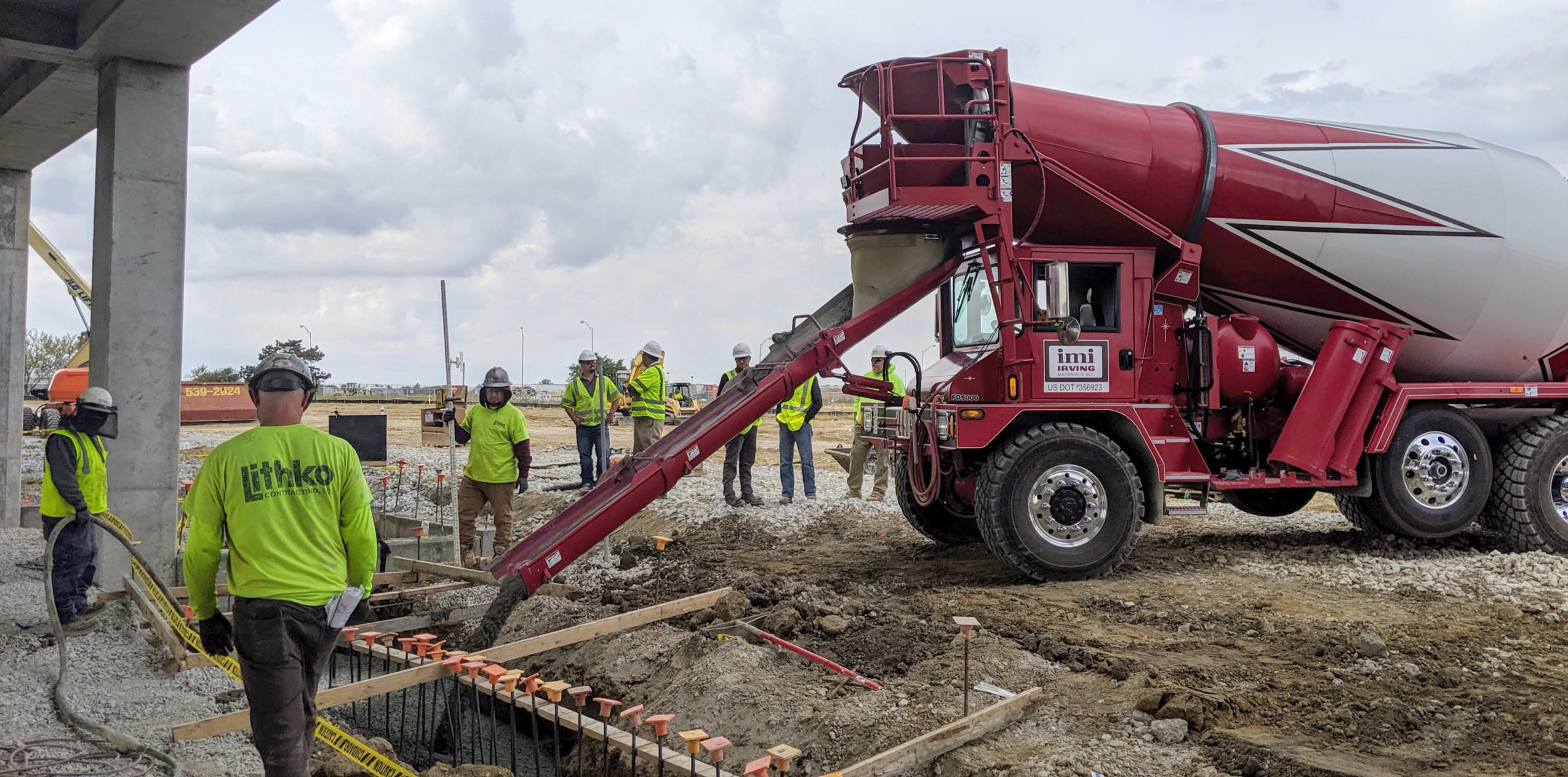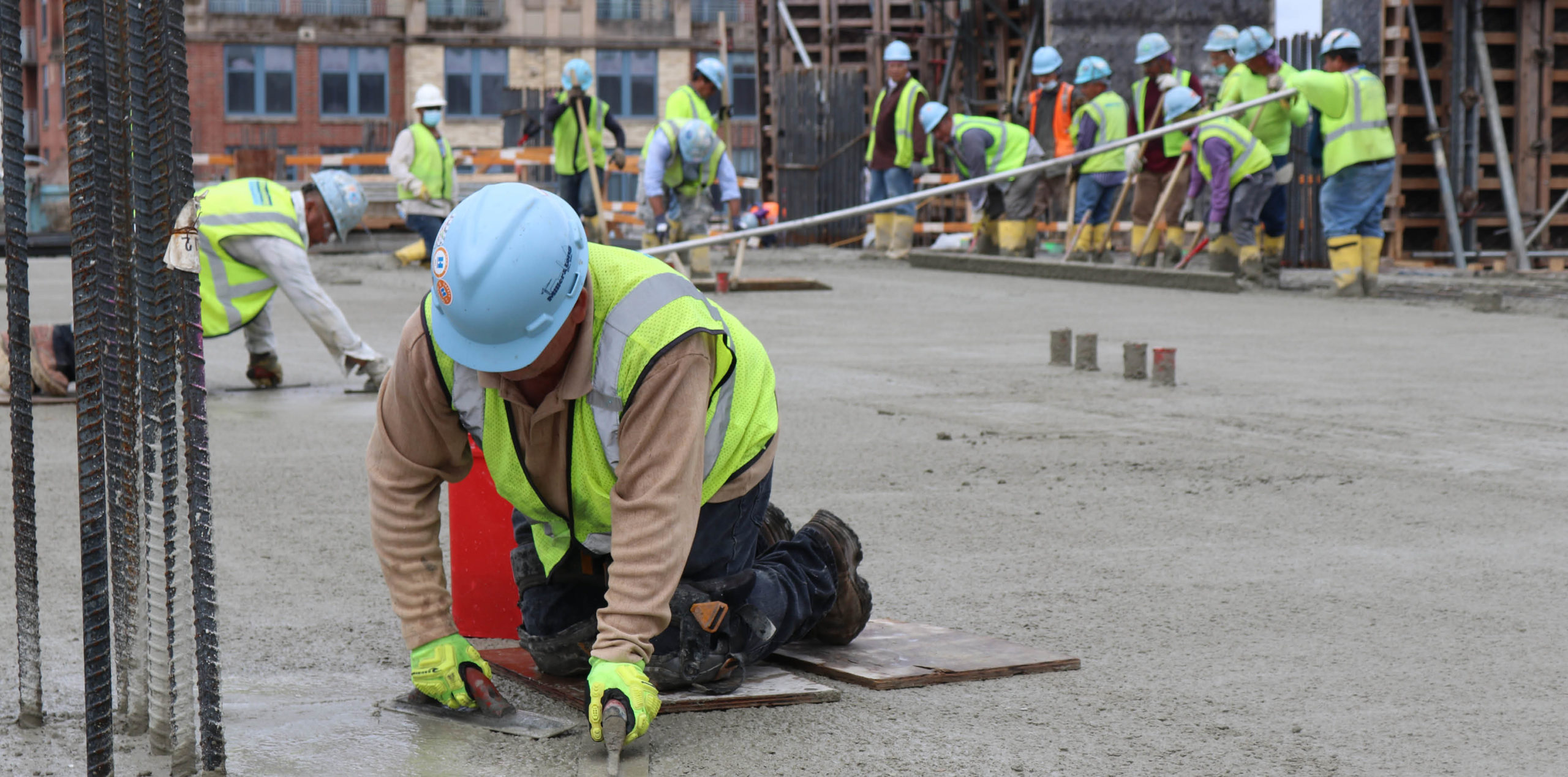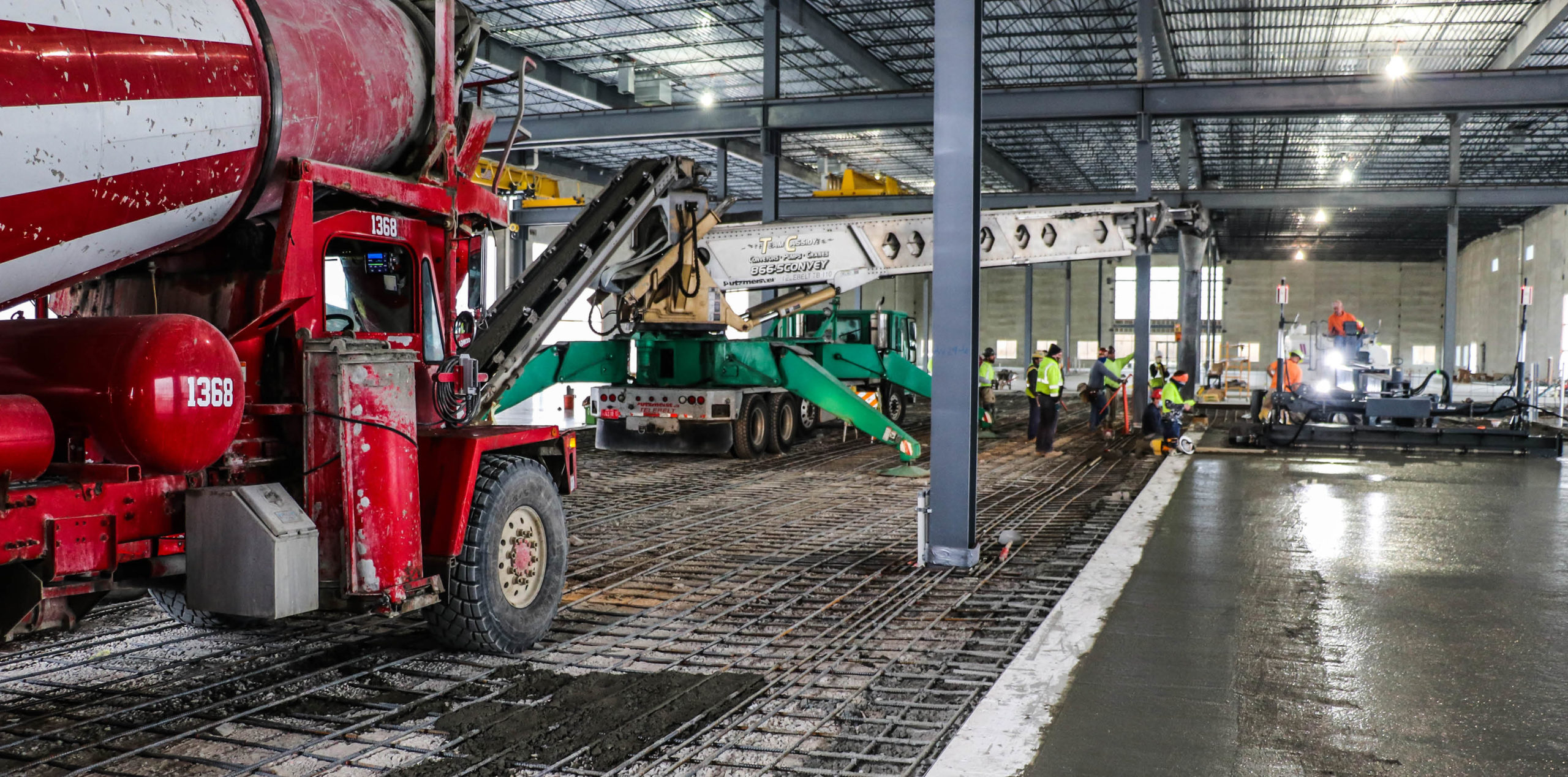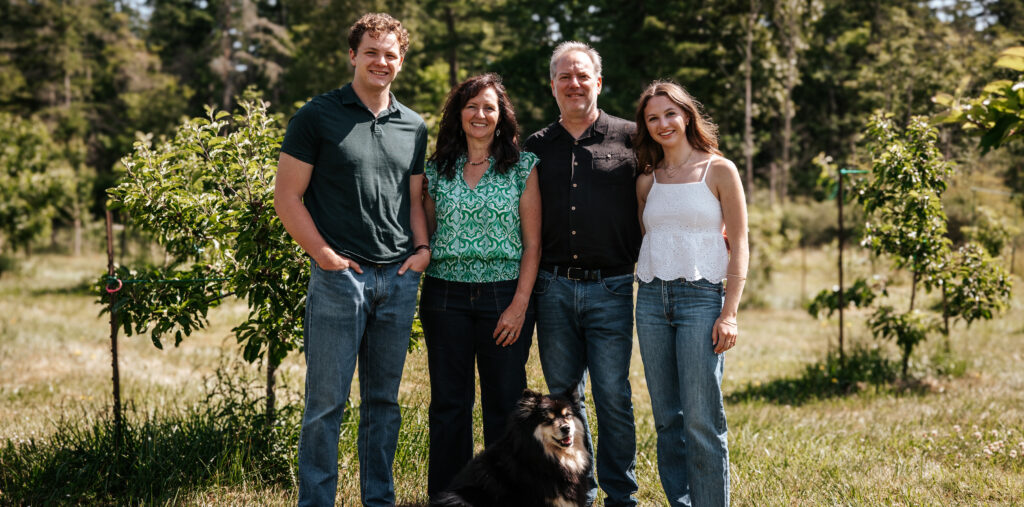by Jesse Holth | photos courtesy CarbonCure Technologies –
B.C., Vancouver Island, and especially our Saanich Peninsula and Gulf Islands region have long had an environmentally-conscious reputation. Whilst many make an effort to live their lives in an eco-friendly way, tackling the causes and impact of climate change is a far bigger issue than our individual actions. If we were able to look away before, last year’s extreme weather events were a stark demonstration that our planet and our lives are under threat. Changes to the way we approach resources and consumption need to happen at all levels. This is the first in a three-part series highlighting the local innovations that have the potential to make a positive global impact on climate change.
Local entrepreneur Robert Niven didn’t set out to sequester carbon emissions in concrete. The Chair and CEO of CarbonCure Technologies, a pioneer in climate-saving carbon removal, saw an amazing opportunity when faced with a seemingly insurmountable problem. “Concrete is the most abundant manmade material on the planet,” he explains, “with about two tonnes produced per person every year. But I thought – what if this scale was a good thing?”
While working on his thesis at McGill, pursuing a graduate degree in Engineering, Robert started investigating how to use CO2 to improve the material properties of concrete. It was around the same time that Montreal hosted the UN Climate Change Conference in 2005, which proved to be an important event. “It gave me a firsthand account of the climate crisis,” explains Robert. “Speaking to people who had been personally impacted, along with world leaders, really motivated me to work on climate-related issues.”
CarbonCure operates in five continents, with more than 550 systems licensed around the world. Right now, the majority of CarbonCure systems are in the U.S., but a couple are right here in the area, including Butler Concrete & Aggregate and Trio Ready-Mix. “I’m a local guy,” Robert says. “I grew up in Brentwood Bay, went to school at Stelly’s, and attended university at UVic.” After completing his studies at McGill, he came back to the Island four years ago to continue to scale the business globally. “Last year we won the Carbon XPRIZE, for the most scalable climate technology that converted CO2 into valuable products,” he adds.
The carbon mineralization technology works by installing CarbonCure equipment at the concrete plants, so that CO2 can be injected as it gets made. “We retrofit concrete plants,” Robert explains, “and there are about 125,000 worldwide. A large tank of CO2 is supplied by CO2 providers, and upon injection it is permanently converted into a mineral, or stone, called a nanomaterial. This gives concrete improved strength, enabling concrete producers to reduce the emissions-intensive cement used in their mixes while maintaining strength. So it’s the same reliable concrete, only greener – and all at the same price as regular concrete.”
This process effectively neutralizes the CO2, turning it from a gas into a mineral, unlike other carbon capture technologies which simply store the gaseous CO2 underground, where it could potentially escape in the future. CarbonCure’s CO2 mineralization reaction means the CO2 will never be released into the atmosphere even when the concrete may later be demolished, making it a uniquely permanent, long-term solution.
“We’re leading a paradigm shift in the industry,” says Robert. “By turning its scale into a benefit, we’re consuming CO2 while making concrete more sustainable.”
According to Robert, the company has supplied more than 16 million cubic yards (12 million cubic metres) of CarbonCure concrete all over the world, from Singapore and Japan to the Middle East and the U.S. “With climate change, time is the enemy. We need to work at scale to really have an impact – that’s why the concrete industry is a great partner, it’s orders of magnitude bigger than even oil and gas. By working at scale and creating the right economic incentives, you can really see change happen.”
When asked where this technology is headed in the future, Robert explains the answer is two-fold. “The first part is scale: we need to put it in every plant as of yesterday. Each carbon emission that enters the atmosphere is a missed opportunity.” The second part is continued innovation, through the development of new complementary technologies that, when combined with existing CarbonCure retrofits, will have an even deeper impact.
“That’s why Trio Ready-Mix in Victoria is really special,” says Robert. “They’re using our next-generation technology, which turns waste material into a replacement for virgin cement, creating a circular closed-loop system.” Robert also points to Butler Concrete on the Saanich Peninsula, the concrete supplier of his hometown Brentwood Bay, as an early adopter of the CarbonCure’s technology for ready mix concrete. “The City of Langford is another great local example of ambitious low-carbon concrete policy: they mandated the use of low-carbon concrete for any project, private or public, as of June 1 this year.” Robert says it’s proof that any size of municipality can take significant action on climate, without spending a penny more.
“Using leadership to have an impact on the climate crisis is really important; government policies with support from local industry and the general public is what creates common-sense climate solutions.”
Although Robert acknowledges that it can be easy to get discouraged about the climate crisis, he believes there is always something we can do, and taking action is a direct antidote to apathy. “People feel disenfranchised about climate, and there’s lots of stress around thinking that you can’t do anything about it. But taking action can help empower you. For example, people in the construction industry have a really important role to play in demanding greener projects. Calling for low-carbon actions is something any individual can do, so they can be part of the solution,” he explains.
“It’s extremely rewarding to be working in climate technology,” Robert adds. “Our goal is to decarbonize the built environment.” CarbonCure is one technology that shows how we can tackle the climate crisis by taking concrete action – no pun intended.






